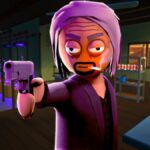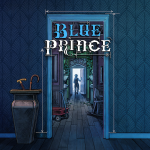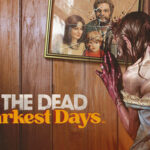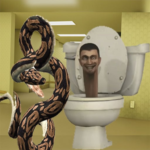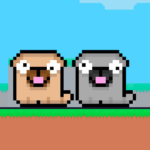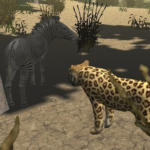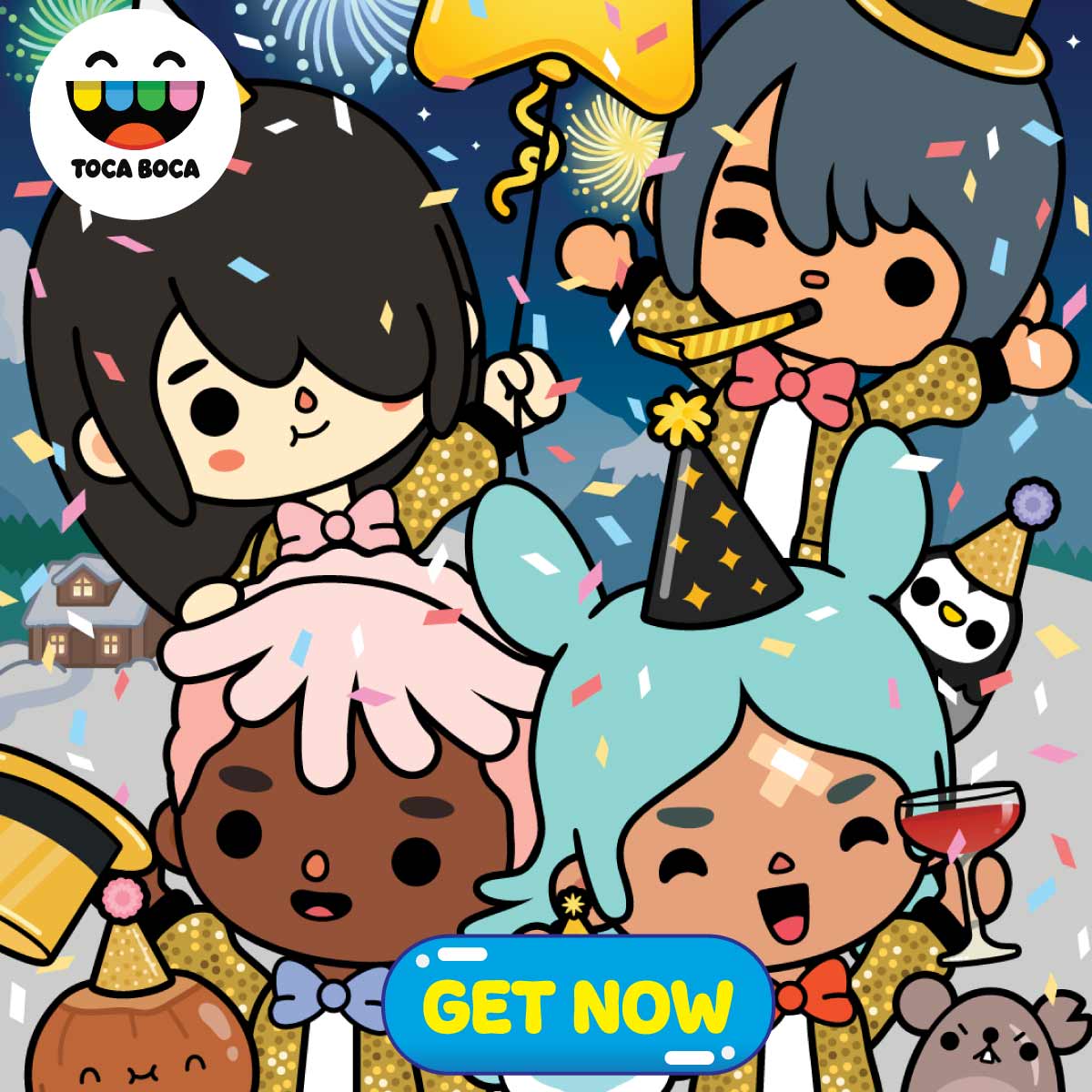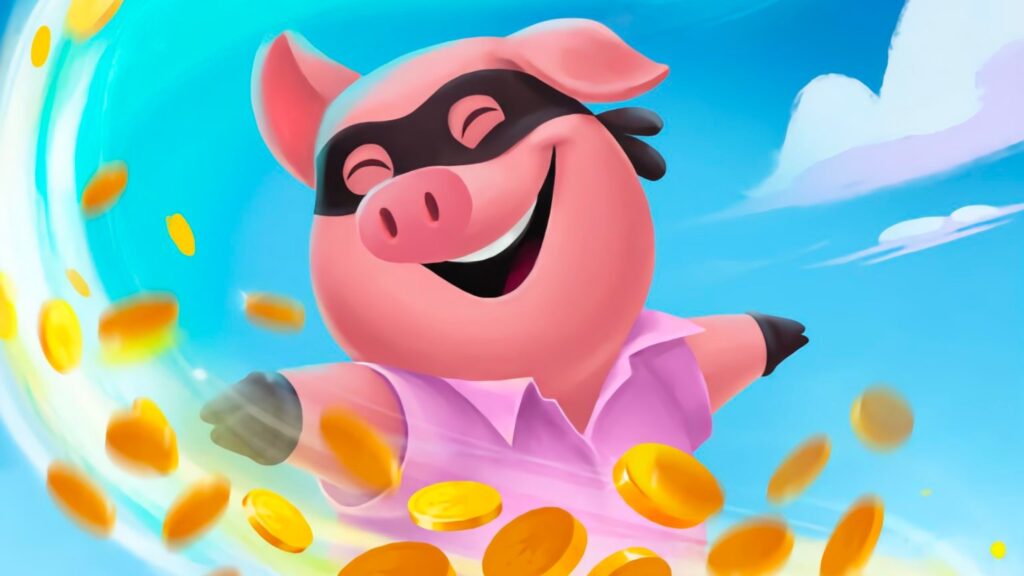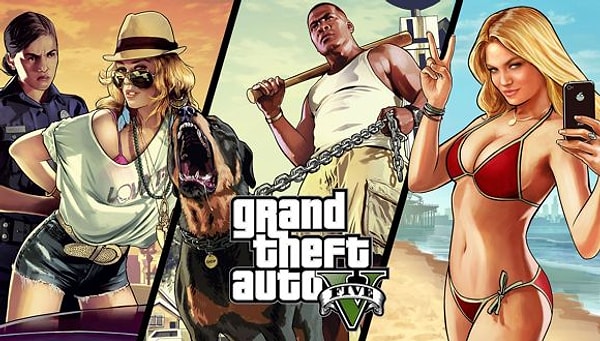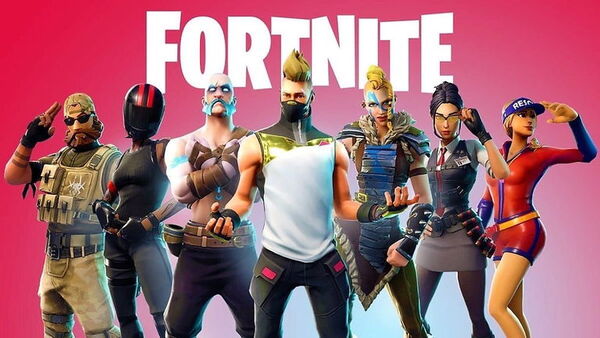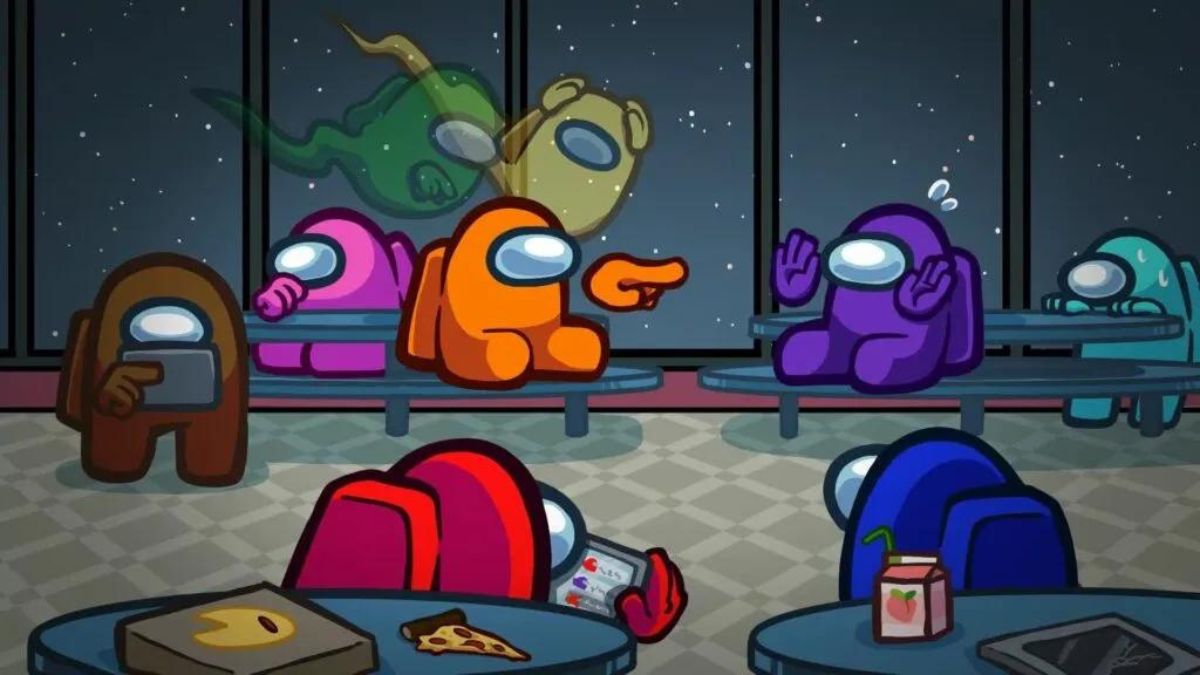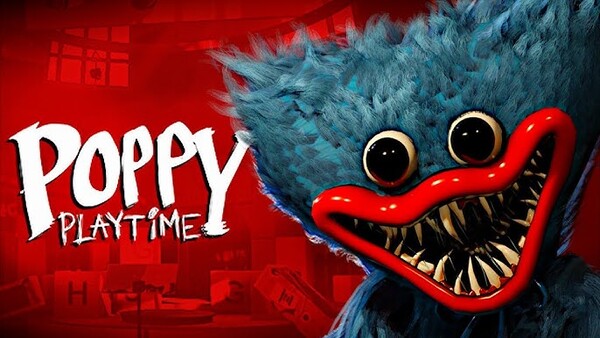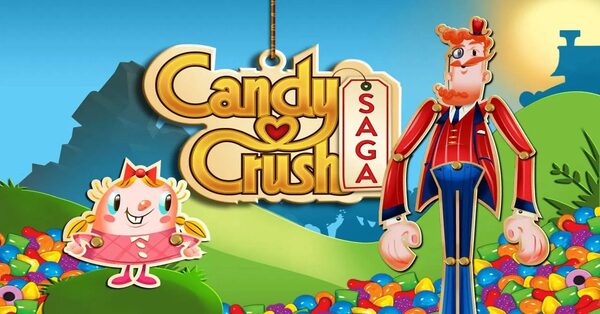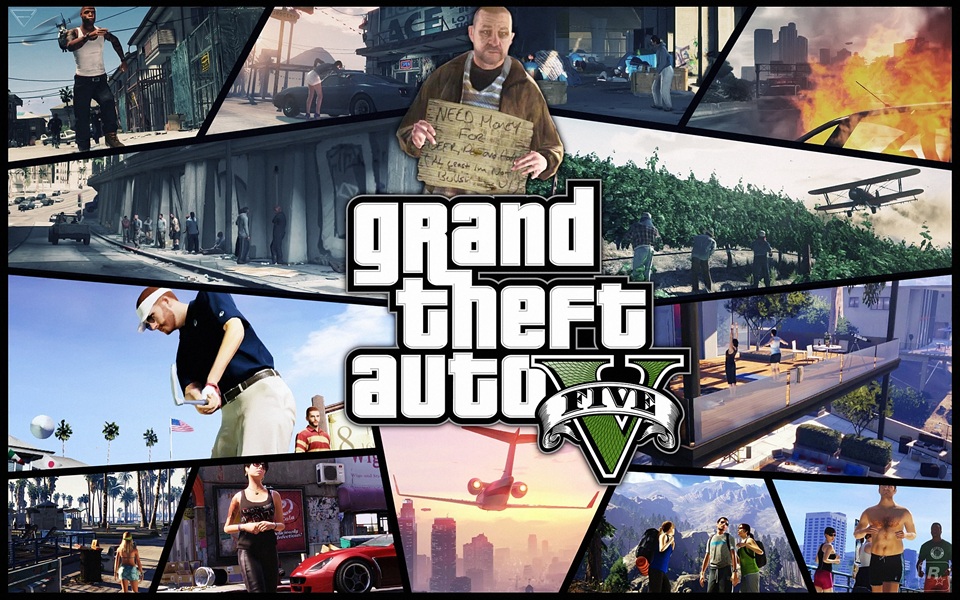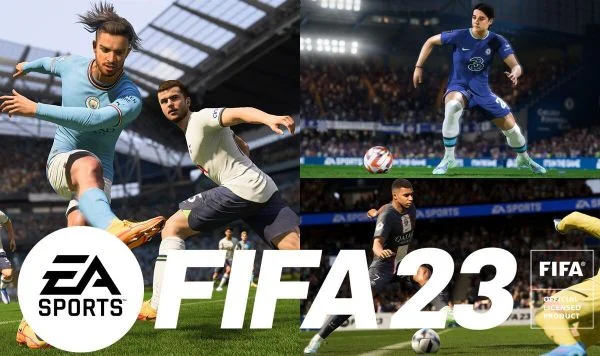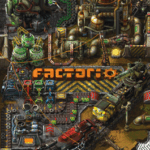FATAL FURY: City of the Wolves marks the long-awaited return of one of SNK’s most iconic fighting game franchises. Over two decades after Garou: Mark of the Wolves first set the genre ablaze, SNK is back with a new installment that bridges classic arcade legacy with modern fighting game innovation. Built using Unreal Engine and featuring stunning 2.5D visuals, City of the Wolves seeks to both honor its roots and push forward into a new era of competitive brawling.
At a time when franchises like Street Fighter and Tekken are experiencing major reinventions, SNK’s revival of the Fatal Fury brand arrives with high expectations. For fans of hard-hitting gameplay, gritty characters, and street-level storytelling, this new entry could signal a golden age for traditional fighters.
This article explores how FATAL FURY: City of the Wolves builds on its past, redefines its future, and re-establishes itself as a contender in the modern fighting game scene.
1. The Legacy of Fatal Fury
Launched in 1991, Fatal Fury was one of SNK’s earliest entries in the fighting game boom, introducing players to Terry Bogard and the mean streets of Southtown. It offered unique gameplay features like two-plane movement and dramatic storytelling that set it apart from its contemporaries.
Over the years, Fatal Fury evolved through multiple iterations—culminating in Garou: Mark of the Wolves (1999), which redefined the series with a new cast, refined mechanics, and striking sprite animation.
City of the Wolves is not just a sequel—it’s a revival of a deeply influential franchise that’s been dormant for over 20 years.
2. The Setting: Southtown Reimagined
City of the Wolves returns to the infamous urban sprawl of Southtown, a city where crime, corruption, and underground tournaments intertwine. This time, the city is rendered in vibrant 2.5D, combining hand-drawn stylization with modern lighting and texture techniques.
Familiar landmarks return, now enhanced with dynamic backdrops and animated crowds. From neon-lit alleys to luxurious skyscraper rooftops, Southtown feels more alive and dangerous than ever.
The city itself becomes a character, with environmental storytelling that reflects the tension and grit of the fighters that walk its streets.
3. New and Returning Fighters
The roster in City of the Wolves blends classic fan favorites with new blood. Terry Bogard and Rock Howard return as mainstays, while characters like Hotaru Futaba, B. Jenet, and Freeman are rumored or confirmed through teaser trailers.
Newcomers bring fresh fighting styles and personalities. Each fighter is fully voiced and animated, with signature intros, rival dialogue, and distinct backstories that add emotional weight to each battle.
This combination of nostalgia and innovation creates a roster that appeals to both veterans and new players alike.
4. Gameplay Mechanics and Feel
The gameplay retains Garou’s core focus on precise inputs, fluid motion, and offensive momentum, while introducing modern mechanics to make the experience more accessible and dynamic.
Key systems include:
-
Rev Edge: A comeback mechanic that boosts strength when health is low.
-
Rising Rush: A quick-launch counter that punishes whiffed attacks or unsafe moves.
-
EX Specials: Amplified versions of signature moves, now easier to execute with meter.
Combos are satisfying and reactive, balancing old-school timing with fluid combo chains. Defensive play is also more viable, with refined guard crush mechanics and better mobility options.
5. Visuals and Animation Style
SNK has adopted a stylized 2.5D art direction, similar to Guilty Gear Strive and Dragon Ball FighterZ, but with its own gritty flair. Character models look hand-drawn, yet benefit from dynamic shading and expressive animation.
Super attacks are especially cinematic, pausing time and flooding the screen with color, impact frames, and stylized cut-ins. Every fighter feels unique not just in playstyle, but in visual identity.
The animations strike a balance between over-the-top anime energy and grounded martial arts realism—something fans of both KOF and Street Fighter can appreciate.
6. Game Modes and Features
City of the Wolves offers multiple modes catering to different players:
-
Arcade Mode: Character-driven storylines with rival fights and branching paths.
-
Versus: Local play with customization and training tools.
-
Online Ranked & Casual Matches: Featuring rollback netcode for minimal lag.
-
Challenge Mode: Designed to teach advanced combos and character techniques.
-
Replay and Analysis Tools: Perfect for the competitive scene and content creators.
SNK has promised a robust feature set at launch, with future content like seasonal updates, cosmetics, and possibly guest characters teased post-release.
7. Soundtrack and Voice Acting
The soundtrack features a hybrid of rock, hip-hop, and jazz, paying homage to Mark of the Wolves’ iconic music while embracing modern energy. Each stage has its own theme, and special character rivalries trigger alternate music tracks.
Voice acting is top-tier, with both Japanese and English dubs that match the fighters' personalities. Terry still shouts “Are you okay?” with iconic flair, and new characters bring distinct vocal identities to the table.
Sound design emphasizes impact, with chunky hit effects and environmental audio cues that heighten the drama of every bout.
8. Accessibility and Learning Curve
Fighting games often struggle with accessibility, but City of the Wolves introduces tools to flatten the learning curve:
-
Simplified inputs for special moves without sacrificing depth.
-
In-depth tutorials that explain not just how but why to use specific tools.
-
AI difficulty scaling, adaptive to player progress and skill level.
That said, the game still rewards mastery. Veterans can enjoy deep juggles, advanced cancels, and meta mechanics like meter management and spacing control.
It’s a great entry point for new players without alienating purists.

